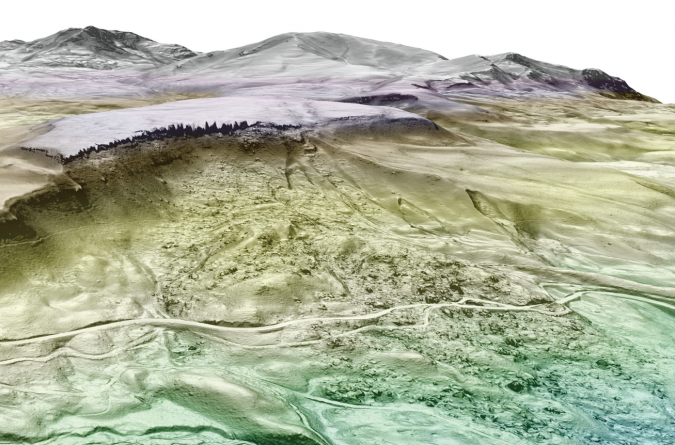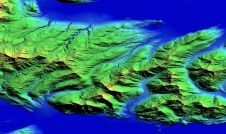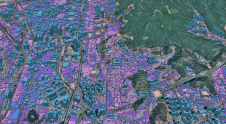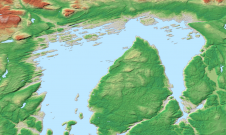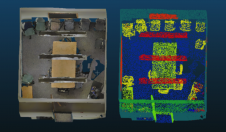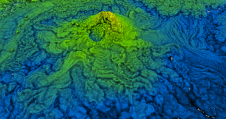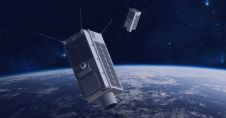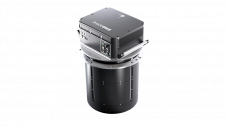新的高程图揭示了黄石的复杂地质历史
高分辨率地形数据揭示了从未记录的新故障,滑坡,水热系统和火山特征。LiDAR能够通过植被看到裸露的地球,揭示了过去事件和当前塑造美国黄石国家公园的影响的影响。
地球表面的地形质地讲述了一个故事。从远处开始,我们看到山脊和山谷,成千上万年,被河流和冰川雕刻而成。放大到一个单独的山坡或一条河底,在土地表面上的微妙颠簸和破裂揭示了过去事件的烙印,例如洪水或滑坡。地质学家观察景观的规模影响了他们讲述的故事。
前几代科学家叶尔解释lowstone’s landscape using aerial photos or through fieldwork; both techniques are complicated by the presence of dense vegetation. An unprecedented, high-resolution Lidar topographic dataset released in February 2022 changes all that. When a Lidar system is mounted on an aircraft, it allows for high-resolution mapping of topography and can even effectively “see” through vegetation. In the same way that the invention of the microscope enabled biologists to visualize the inner workings of cells, Lidar offers geoscientists access to the subtle and often obscured textures of the earth’s surface.
2900亿个单独的激光测量
In the autumn of 2020, a small plane flew 436 overlapping swaths of Lidar data over Yellowstone National Park, systematically traversing the area like a lawnmower. Pulsing out the belly of the plane, a downturned laser swept side-to-side, precisely measuring the elevation of the bare earth below. After 16 months of processing, the data was released to the public. Over 290 billion individual measurements resolve the park’s topography at a resolution of slightly less than one measurement every square metre and capable of detecting elevation differences of just a few centimetres. This just about enables to resolve individual bison grazing in Lamar Valley or measure the height of Old Faithful’s sinter cone.
对于研究景观形状的地质学家和地貌学家,LiDAR数据不仅揭示了景观的未映射特征,而且还可以测量这些特征的大小和特征。
